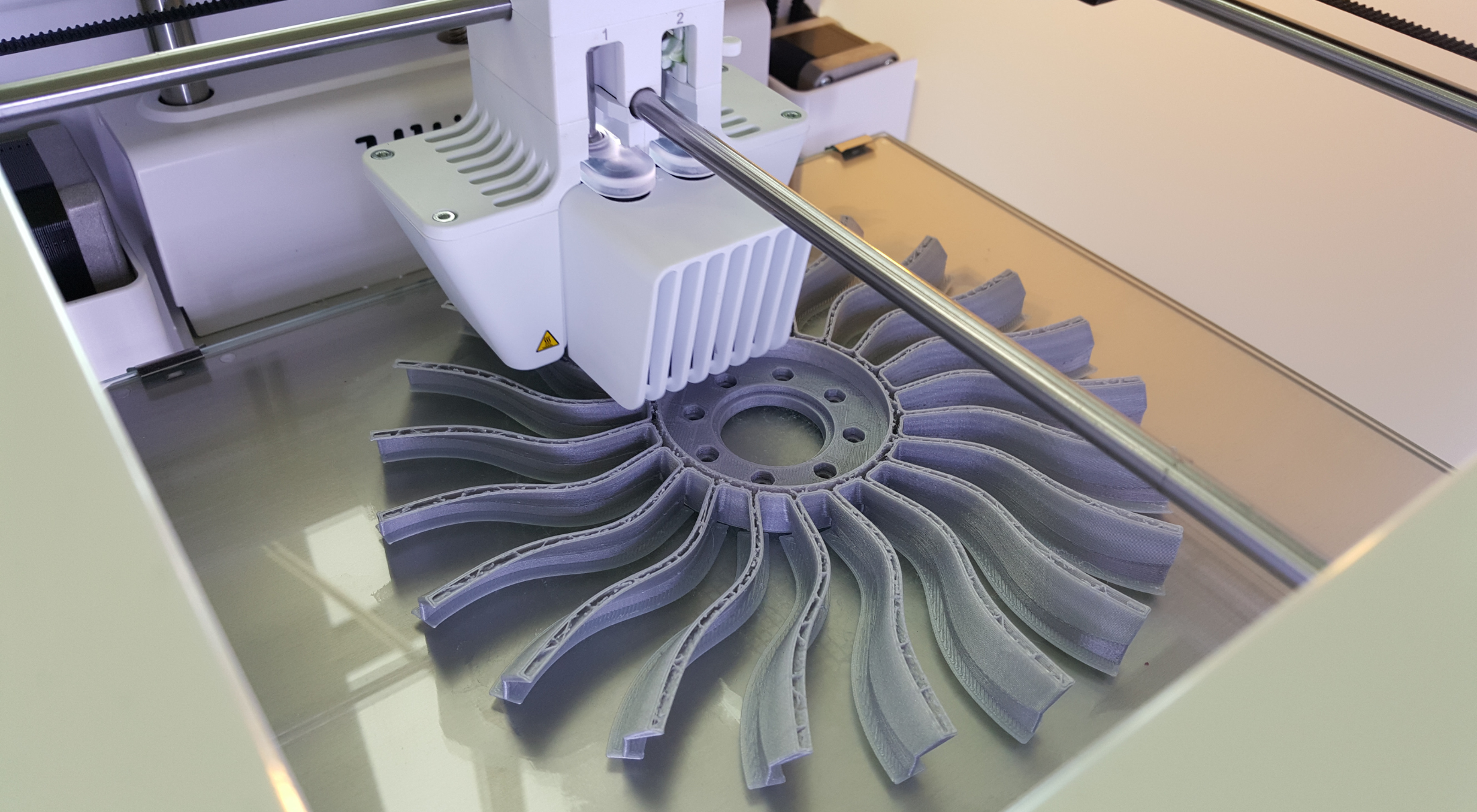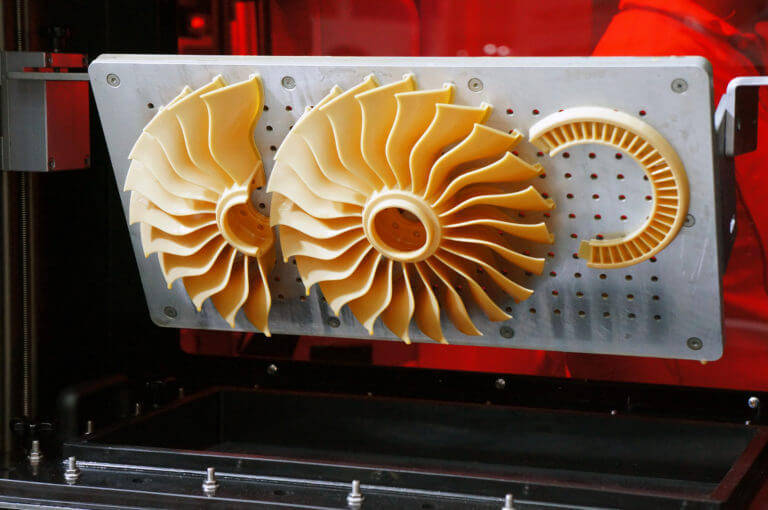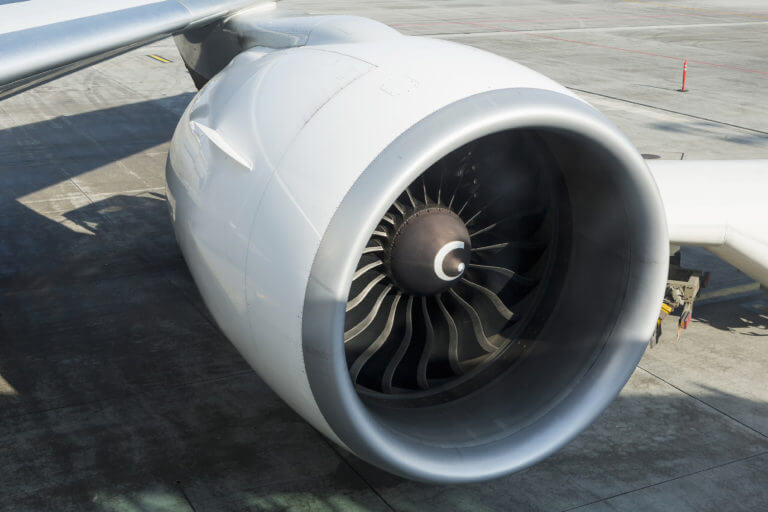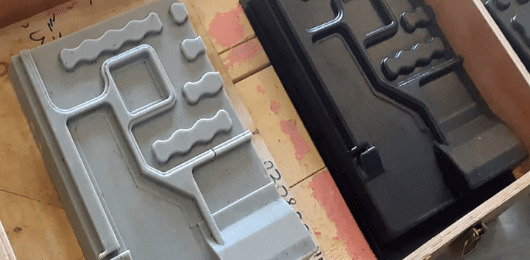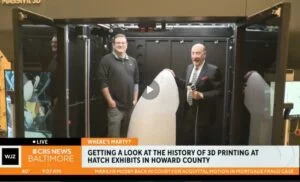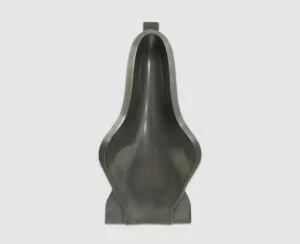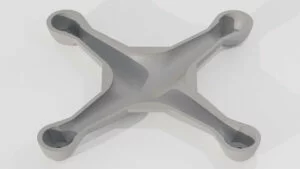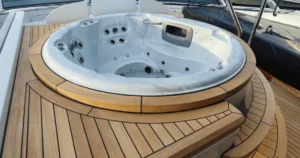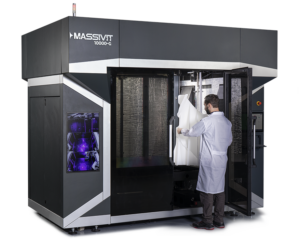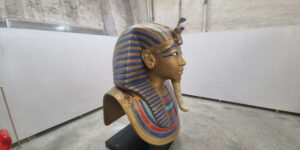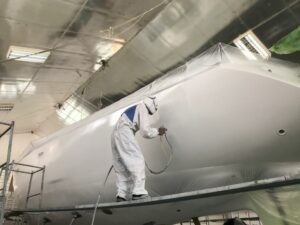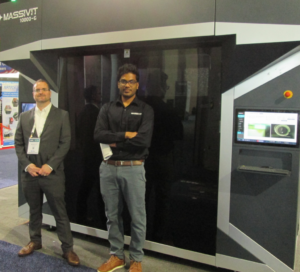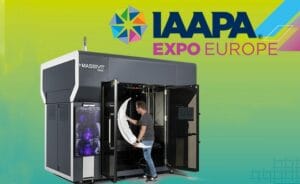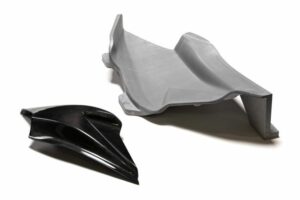For the aerospace industry in particular AM provides, as described in The American Society of Mechanical Engineers, “a unique opportunity for industry players to rapidly produce parts on-demand, save money, reduce waste, and streamline the supply chain at the speed of relevance.” It is for this reason that some of the most exciting advances utilizing the massive potential of 3D printing are being seen in the aerospace industry.
Producing Complex Aerospace Designs Easily with AM
The aerospace industry, which in itself comprises a number of subsectors, each of which has found unique ways to optimize the technology for their specific challenges. In addition to manufacturing intricate, durable parts that can be made no other way, AM enables designers to create individual parts that replace what were previously complex assemblies made up of multiple parts.
Production direct from CAD data removes tooling restraints, leaving designers and engineers free to design components with highly complex internal structures, allowing sophisticated rocket and jet engines to be built with fewer parts. Sometimes, the intricate designs possible in 3D-printed components result in staggering reductions in the number of parts required.
Since aviation and aerospace designs often require highly complex parts assemblies, any initiative to simplify assembly is welcomed. It saves time and money, and it also reduces potential failure modes through reduced joint welding.
In 2012, GE Aviation collaborated with Morris Technologies to test the limits of AM technologies available at the time. Engineers reduced the number of parts in a jet engine fuel nozzle from 20 to one, leading to a 25 percent weight reduction and reduced assembly times. In a new advanced turboprop engine, a dozen 3D-printed parts replace 855 components produced by multiple contractors; reductions in the number of parts also streamline supply chains.
The impact of parts consolidation will grow as maximum part sizes and build rates increase in additive manufacturing. For example, Virgin Orbit expects to use AM to fabricate entire thrust chamber assemblies.
Leveraged by Giants in Aerospace
Additive manufacturing offers promising opportunities for the low volume production of aerospace. What used to be a new technology primarily for prototyping, is today being leveraged and used as a full-scale tool for end-use parts manufacturing. The ability of a single 3D printer to produce an essentially unlimited range of one-off items on-site eliminates the need for large production runs, reducing waste and saving both time and money for aerospace giants such as Boeing and Airbus. As a result of these factors, the global market for aerospace 3D printing is “estimated to be USD 1.9 billion in 2021 and is projected to reach USD 4.7 billion by 2026, at a CAGR of 19.4% during the forecast period.”
Boeing in particular has relied on AM printing to make parts for satellites for years. It designed and 3D-printed a metal satellite antenna for Spacecom, a provider of broadband satellite services, that was successfully launched in August 2019. Through the use of AM, Boeing engineers were able to replace multiple parts in the satellite assembly with a single 3D-printed part, which simplified the design of the satellite, reduced assembly time, and reduced the weight of the antenna.
The new Boeing 777x is equipped with two GE9X engines, the world’s largest jet engines by GE Aviation. Besides GE’s fuel nozzle, the engine incorporates more than 300 3D-printed parts that reduce the engine’s weight and make Boeing 777x the most efficient twin-engine jet in the world, with fuel consumption lowered by 12 percent and operating costs lowered by 10 percent.
Another of the aerospace manufacturing giants, Airbus Group, has successfully used DMLS 3D printing technology to create improved nacelle hinge brackets fitted in the Airbus A320, reducing the weight of those parts by 30% to 50% while keeping their strength and performance intact.
Additionally, the Airbus A350 XWB contains more than 1,000 3D printed parts, and Airbus has now partnered with Swiss OEM Liebherr-Aerospace to supply more serial-produced 3D-printed parts for it, including a printed nose landing. It is believed that Airbus’s future plans are to expand to 3D-printed drones and self-driving cars.
From Drones to Space Exploration
In yet another market segment, the versatility of AM allows drone designs to expand far beyond the popular quadcopter format. For example, the UAV Zelator is designed for moving small cargo in remote regions. Its 3D-printed fixed-wing design results in a sturdy, lightweight body that can withstand harsh environments. Another 3D-printed drone – X VEIN – was designed to assist in disaster response for tsunamis in Japan. It has a reinforced frame and propeller guards to prevent damage from crashes; the strong lattice structure in the body can only be made with AM.
Then there is Neorizon, Airbus’s new joint venture with Local Motors Industries, a 3D-printing start-up in San Francisco dedicated to building mobility and autonomy solutions. They are currently developing two different types of electrical vertical take-off and landing vehicles (eVTOL), which are basically taxi drones designed to be fully autonomous and emission-free.
Finally, NASA is using additive manufacturing to develop space exploration in different ways, and it has several exciting projects in collaboration with the San Francisco based company, Made In Space. In partnership with Made in Space, NASA has 3D printed polymer parts like a fixture to hold an airflow monitor, a sensor cover for radiation monitors, and a tow hitch that links two free-flying satellites in the ISS environment.
In May 2021, NASA announced a partnership of its Robotic Deposition Technology (RDT) team with Aerojet Rocketdyne, an American rocket and missile propulsion manufacturer, to advance its 3D printing, specifically metal additive manufacturing, technologies.
Gel-Based AM Shortens Timelines for Aerospace Production
Despite ever-increasing opportunities to create end-use parts with AM, some of its more traditional uses like tooling and prototyping have also benefitted from recent advances in the technology. Production of aerospace parts often requires multiple tooling processes, bonding, as well as finishing applications. This lengthy and time consuming process can be significantly reduced or eliminated with gel-based printing technology from Massivit.
ACS Hybrid Inc. used their incredibly fast Massivit printer in collaboration with 3D Composites for this proof of concept. To minimize post processing time, the mold was 3D printed on the Massivit printer’s highest resolution and took just 16 hours to print. The key benefits of additive manufactured tooling are reductions in cost, manufacturing steps, and lead times.
With all of these innovative applications of the most advanced AM technologies already changing the world around us, it’s not difficult to guess what new developments await us in the coming years.


